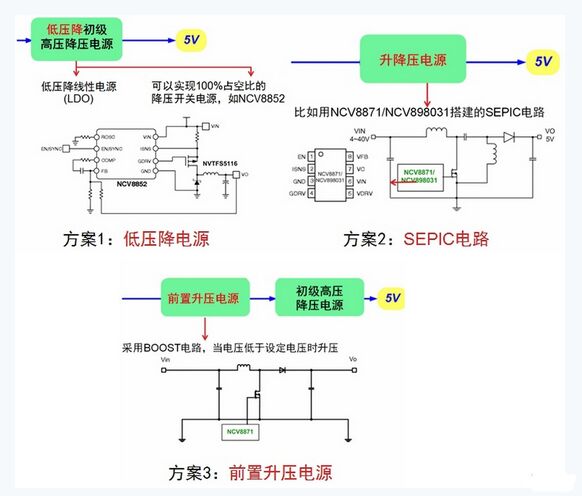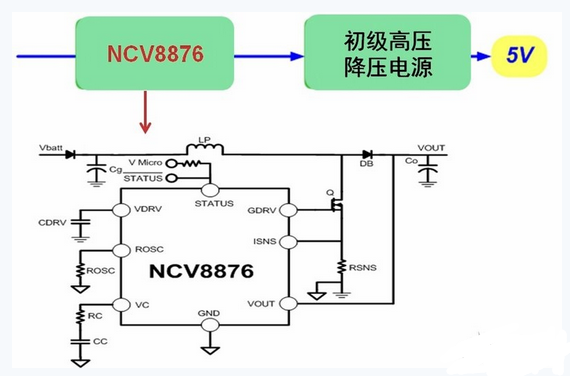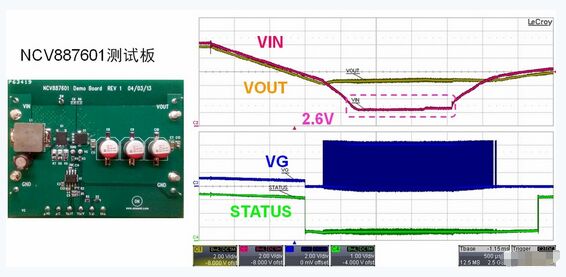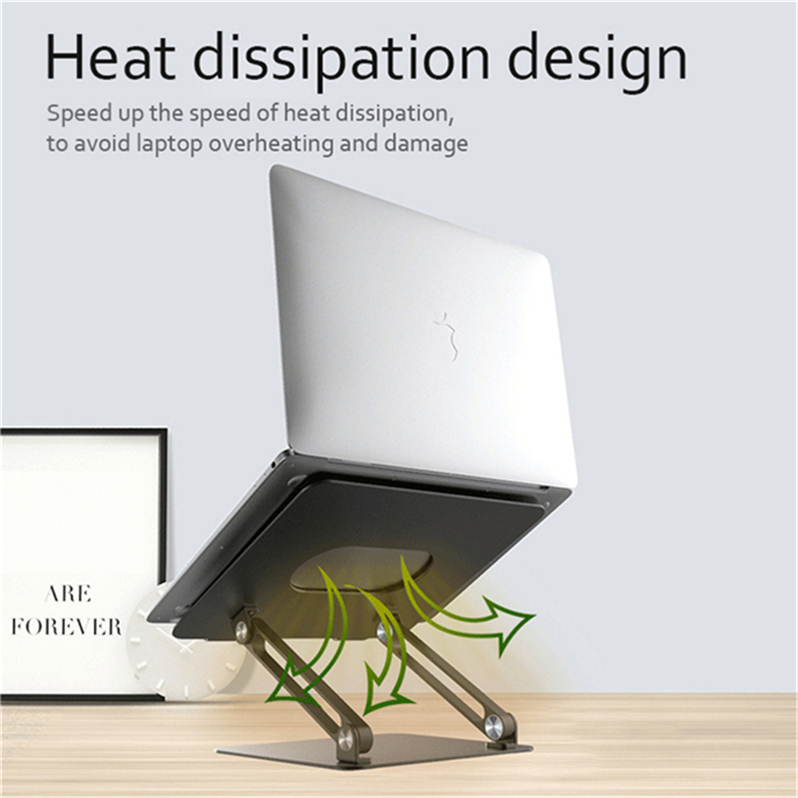Today, car users are becoming more sensitive to fuel consumption, expecting energy-saving fuel bills, and objectively helping to reduce environmental impact. In order to match this trend, automakers have adopted various ways to reduce consumption. One way is to apply automatic “Start/Stop†function in new models to help reduce fuel consumption. Increase sales and selling points.
This article refers to the address: http://
The so-called automatic start-stop function means that when the car stops due to traffic jam or waiting for a red light, these innovative systems automatically shut down the engine (extinguish); when the driver's foot moves from the brake pedal to the accelerator pedal, the engine is automatically restarted. (ignition). This will help reduce unnecessary fuel consumption and reduce emissions during busy periods of urban driving and stop-and-go traffic.
The effect of automatic start-stop system on the vehicle power system
But such innovative systems also present some unique challenges for automotive electronics design. Because when the engine is restarted, the battery voltage can drop to 6.0 V or even lower. In a typical automotive power architecture, a typical electronic module contains a reverse polarity diode that protects the electronic circuit in the event of a jump start and a jumper cable reversal. The protection circuit itself creates a voltage drop that causes the downstream circuit voltage to be only 5.5 V or less. Since many modules still require a 5 V supply, an excessively low dropout voltage leaves the buck power supply with insufficient headroom to function properly. Therefore, the traditional automotive power architecture is not suitable for automatic start-stop systems.

Figure 1: Traditional automotive power architecture and its problems.
Automatic start and stop system common power solution
There are three common scenarios for selecting the appropriate power architecture for an automatic start-stop system. One solution is to use a low dropout (LDO) linear regulator or a low dropout switching power supply such as the NCV8852 from ON Semiconductor. This is an automotive grade non-synchronous buck controller that accepts a wide input voltage range of 3.1 to 36 Vdc and withstands a 44 V load dump. The advantage of this scheme is that the system voltage can work normally when the input voltage is as low as 5.5 V. However, the disadvantage is that if the input voltage drops to a lower level, the system will not work properly.
Another solution is to use a buck-boost power supply as the primary power source, such as a single-ended primary inductor converter (SEPIC) circuit built with ON Semiconductor's NCV8871 or NCV898031. The outstanding advantage of this solution is that the system can work normally even if the input voltage is as low as 4 V. But its shortcoming is to change the design, the system is relatively complicated.

Figure 2: Common power scheme for an automatic start-stop system.
The third option is to use a pre-boost power supply before the primary high-voltage step-down power supply. For example, the NCV8871 from ON Semiconductor can be used to construct a pre-boost circuit that boosts when the input voltage is lower than the set voltage. The advantage of this solution is that the system can work normally when the input voltage is lower than 4 V, and there is no need to change the power supply design. However, the disadvantage is that when the battery voltage is normal, additional power consumption is generated, which is not conducive to reducing energy consumption as much as possible.
ON Semiconductor's improved pre-boost power solution for start-stop systems - NCV8876
As mentioned above, these three common automatic start-stop system power solutions have their own advantages and disadvantages. In response to this situation, ON Semiconductor has introduced the NCV8876, a non-synchronous boost controller for automotive auto start-stop systems, which is mainly used to provide sufficient operating voltage for subsequent circuits when the vehicle is automatically started and stopped. It is an improved pre-boost power solution designed to take full advantage of the pre-boost power solution while trying to avoid its shortcomings.

Figure 3: Typical application circuit for the NCV8876, an improved pre-boost power solution from ON Semiconductor.
The NCV8876 drives an external N-channel MOSFET that uses internal ramp-compensated peak current mode control and integrates an internal voltage regulator to charge the gate driver. Operating from an input voltage of 2 V to 45 V, the NCV8876 is capable of operation with cold start and 45 V load dump. The quiescent current of the NCV8876 in sleep mode is typically only 11 μA, which is suitable for low quiescent current requirements in automotive applications. It provides ±2% output voltage accuracy over a wide temperature range. The NCV8876 is available in a SOIC8 miniature package and operates over the -40°C to 150°C temperature range to meet the stringent requirements of automotive applications.
As shown in Figure 3, the NCV8876 has a status (STATUS) monitoring function that provides operational status information to the microcontroller. When the working state is low, the NCV8876 works; when it is high, the NCV8876 sleeps. This device can set the frequency through the external resistor RDSC. It can also internally set multiple parameters such as current limit value and maximum duty cycle. The NCV8876 integrates a variety of protection features such as cycle-by-cycle current limit protection, discontinuous mode overcurrent protection, and thermal shutdown. Other features include peak current detection and minimum COMP voltage clamping for improved response speed during switching. In general, the NCV8876 has a simple application circuit and low cost, which is very suitable for automotive start-stop system applications.
How NCV8876 works
The principle of the NCV8876 improved pre-boost power supply scheme is: When the battery voltage is normal, the NCV8876 enters sleep mode, consuming only very low quiescent current (typically < 11 μA); and when the battery voltage drops to the set voltage, NCV8876 Automatic wake-up, start boosting work.
Specifically, the NCV8876 is automatically enabled when the car battery supply voltage drops below 7.3 V (factory preset); when the battery voltage drops below 6.8 V, the NCV8876 enables boost operation. Therefore, the NCV8876 can ensure that the subsequent circuit has enough margin to properly perform the step-down operation for the downstream system.

Figure 4: Detailed explanation of the working principle of the ON Semiconductor NCV8876 asynchronous boost controller.
ON Semiconductor's demonstration board based on the NCV8876 showed an output voltage of 6.8 V and an output current of 3.6 A at an input voltage of at least 2.6 V, enabling subsequent buck converters to function properly and power the downstream system.

Figure 5: NCV8876 demo board and measured waveforms.
to sum up
The Auto Start and Stop System is a unique selling point for many automakers to help reduce fuel consumption and emissions. But this innovative feature also brings unique engineering challenges. This paper analyzes the impact of the automatic start-stop system of the car on the traditional power supply architecture and the problems. It discusses the common power supply schemes of the automatic start-stop system and their respective advantages and disadvantages. It introduces the improved pre-boost power supply scheme NC-A-8876 of ON Semiconductor. The features and working principles help designers apply this asynchronous boost controller to develop simple, low-cost power solutions for innovative automotive start-stop systems.
The Aluminum Alloy Creative Notebook Stand is stable and durable, stable and does not shake. Laptop Stand Ergonomic bone is supported by an aluminum alloy triangle-shaped stable structure, which has a strong load-bearing capacity and can easily carry 100 g items, and Laptop Stand Holder is stable and not easy to damage.

Aluminum Alloy Laptop Bracket,Laptop Stand To Keep Cool,Dell Laptop Vertical Stand,Aluminium Alloy Notebook Stand
Shenzhen ChengRong Technology Co.,Ltd. , https://www.dglaptopstandsupplier.com